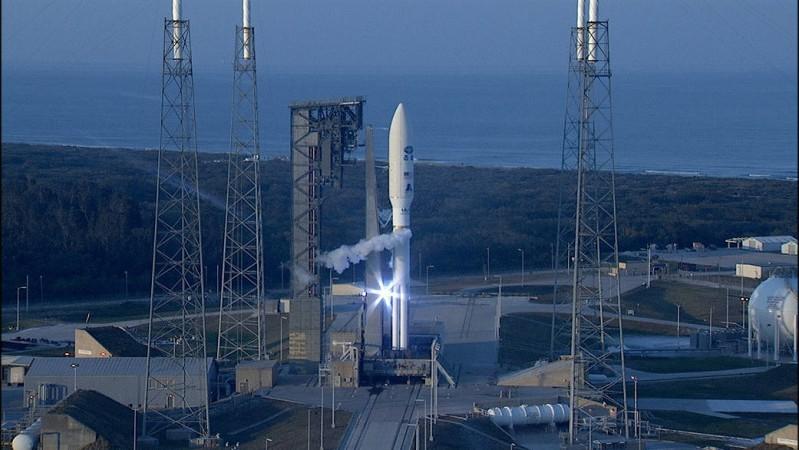
The National Oceanic and Atmospheric Administration (NOAA) has grand plans of setting up a satellite constellation. The system will cover the entire planet and will study the ever-changing and fragile weather patterns over the next 20 years.
Their latest launch, as part of this $11bn plan, called the Geostationary Operational Environmental Satellite (GOES) constellation, is reported to be malfunctioning. According to a report by nextgov, NOAA does not know what is wrong with it, nor do they know how to fix it at this point.
GOES-17, the most-recently launched $350 million satellite, is facing cooling issues in its primary instrument, notes the report. This problem was identified in May.
The satellite was supposed to study natural disasters, wildfires, volcanic eruptions in the western half of the US, notes the report.
The agency said earlier this week that teams consisting of experts from NASA and members of the industry have joined NOAA in this investigation to pinpoint exactly what is wrong with the GOES-17's Advanced Baseline Imager (ABI) instrument. The teams will also attempt to mitigate losses so that weather forecasting from the ground will continue to get quality satellite imagery and data.
Until the investigations are complete, GOES-17 will remain in what is known as a "holding pattern orbit", about 35,405 km above Earth's. Also, launch dates of two more GOES satellites, which are scheduled for 2020 and beyond, might be pushed further back if the issues with GOES-17 are not sorted out, notes the report.
"There's no doubt that the problems we are experiencing with the cooling system are disappointing and not what we expected of GOES-17 when we launched," said Steve Volz, assistant administrator for NOAA's satellite and information service.
"But we are committed to getting this right, and we will figure out what happened on [GOES-17] so it doesn't happen with our other GOES satellites."
The loss in the functionality of the satellite has so far been traced back to a loop heat pipe, notes the report. It is a component in the ABI cooling system, which holds a coolant called propylene and keeps the instruments at an optimal -350 degrees Fahrenheit, said Pam Sullivan, the GOES-R program director. This pipe was manufactured by Northrop Grumman, she added. The company is now working with the investigations team on the ground.
ABI is not operating to its optimal capacity, says the report, and this is because of the cooling issue. The instrument is designed to look at Earth through 16 camera channels, but all bands are unable to operate around the clock. Depending on the Sun's position, about six channels will be able to work, and that too only part-time. Other instruments on GOES-17 have reportedly remained unaffected.













